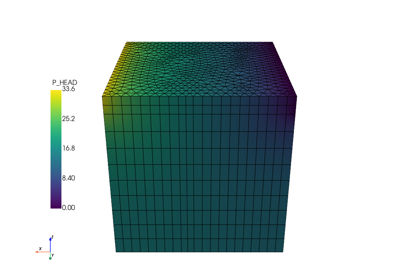How to use feflowlib#
Section author: Julian Heinze (Helmholtz Centre for Environmental Research GmbH - UFZ)
The following shows a brief example of how the feflowlib can be used.

How to convert a FEFLOW model and simulate it in OGS.
How to convert a FEFLOW model and simulate it in OGS.

